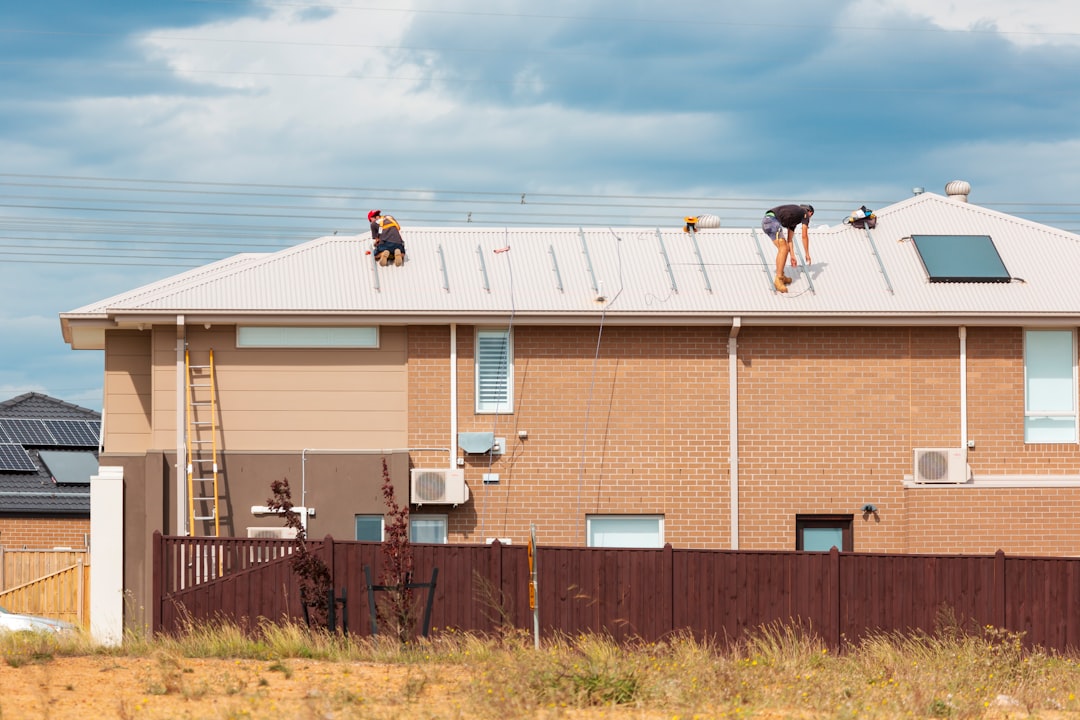
In Las Vegas, solar installation costs can vary significantly based on several factors. As of 2025, the average cost for a solar system ranges from $10,500 to $32,000 after tax credits. This guide provides a detailed breakdown of these costs, helping construction professionals accurately estimate and plan for solar projects.
System size is a primary cost driver. Larger homes typically require systems between 8-12 kW, impacting overall expenses.
Complex roof designs, such as multi-facet or tile roofs, increase labor costs due to additional mounting requirements.
Opting for premium 400 W modules and micro-inverters can raise initial costs but offer higher lifetime output.
Municipal fees vary across Clark County, affecting total project costs.
High demand during summer months can lead to temporary price increases.
These figures are based on real-time data and typical labor costs in Q1 2025. For precise estimates, use the CountBricks app to generate a detailed quote.
Utilize high-efficiency panels to minimize array footprint, group conduit runs to reduce labor hours, and bundle solar with battery storage to save on fees.
Explore financing options such as zero-down solar loans, home equity lines, and cash purchases to optimize project budgets and enhance ROI.
Average project duration is 30-45 days with certified installers.

Construction professionals must be aware of potential hidden costs that can affect project budgets. CountBricks' detailed cost analysis helps identify these early.
Consider module mix-and-match strategies, conduit color choices, and pre-installation of storage wiring to optimize costs and efficiency.
Visit CountBricks.com to explore completed projects, start a voice session for estimates, and receive detailed quotes and layouts.
CountBricks streamlines the quoting process, reducing delays and maximizing cost efficiency.